
Welcome to the third installment of our Ask the P.T. column, in which we will get input and insight from Christy Diller, an Ohio-based physical therapist, mom of four, and track coach. Christy definitely knows her stuff, but a quick reminder: This information is not a substitute for a professional diagnosis or treatment.
Q: Help: I think I’ve got plantar fasciitis!!
A: I frequently see more cases of plantar fasciitis—fairly consistent pain under the heel that’s usually more severe in the morning–in early summer, possibly due to folks switching to flip flops or slides (resulting in the foot muscles having to work overtime keeping those suckers on your feet) or ramping up mileage in nicer weather. Changes in intensity, volume, or running surfaces, coupled with being on your feet more, can make for that nagging pain under one or both heels.
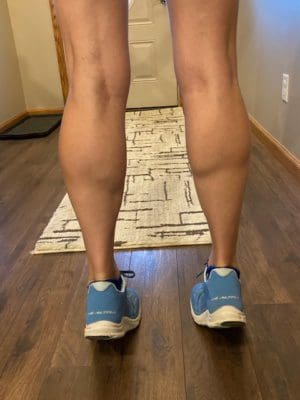
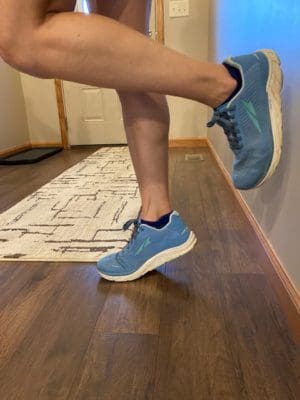
Raise up on your toes, lift one foot off ground and slowly lower heel down to the ground.
Go easy on this one! Start with 1 or 2 sets of 5 reps on each leg.
Steps to Take
-Be aggressive early: You can’t simply wish the pain away. If your pain is 3 or lower on a scale of 1 to 10, you can continue running, but if it’s 4 or greater, switch to less impactful cross-training, like cycling, swimming, or walking.
-Start with some gentle stretching right away. If there is pain while weight bearing, consider a non-weight bearing stretch, such as a towel stretch, to help relax those feet.
-Adding in stretching of the toes provides a more complete stretch; perform this stretch even before you step out of bed to help make those first few (super-ouchy) steps to the bathroom more tolerable.
-Roll out the arch: The key is to be gentle. Rolling for just 3 to 5 minutes can help mobilize the fascia and ease discomfort. Best practice is after a run (again, if your pain is <3, and using something somewhat firm like a tennis ball or frozen water bottle.
-Strengthen up that foot. Toe Yoga and eccentric heel (see photos of both) raises are perfect for building foot and ankle strength and addressing any underlying weaknesses that might be contributing to foot pain. If performing these moves increases your pain, ease off. The first line of defense is usually stretching and mobilization; it doesn’t do much good to irritate the tissue more if you aren’t ready for strength work yet.
-Consider scraping (super gently!) to increase blood flow to the bottom of the foot and to mobilize tight fascia. Kinesiotape on your foot and ankle can also help with discomfort.
-Opt to run on softer surfaces (track or dirt), as well as trying an off-the-shelf arch support or more supportive shoes.
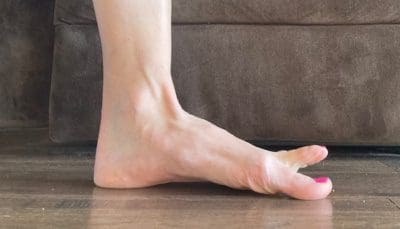
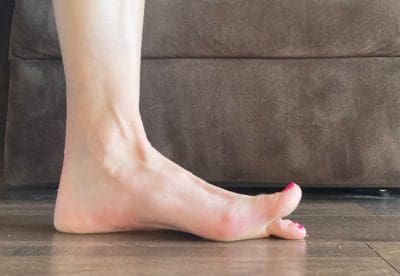
To be done while sitting: Keeping little toes on ground, raise the big toe, then press
big toe down into the ground and raise the little toes. Alternate feet, doing 10 reps, 1x or 2x day.
Bottom Line
If it hurts to walk, it’s gonna hurt to run. The longer symptoms have been present (and the more severe they are), the longer it can take to get over PF.



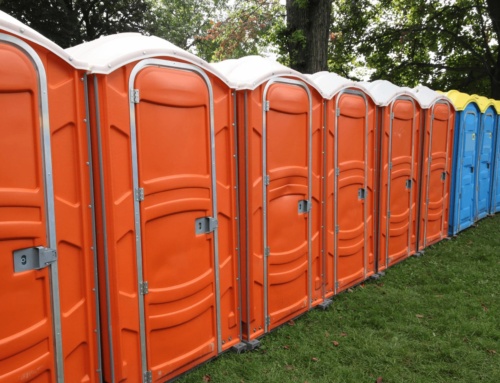


Leave A Comment
You must be logged in to post a comment.